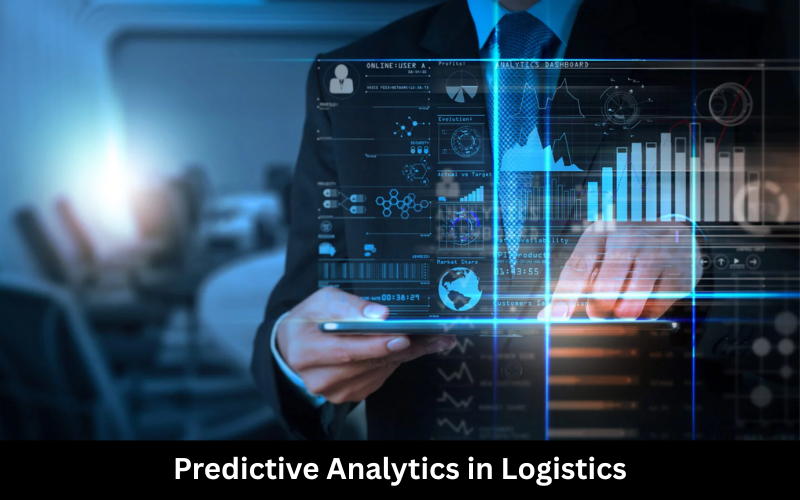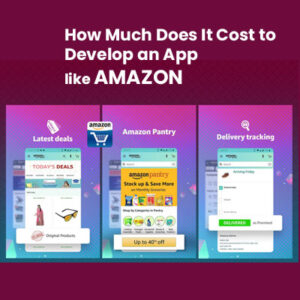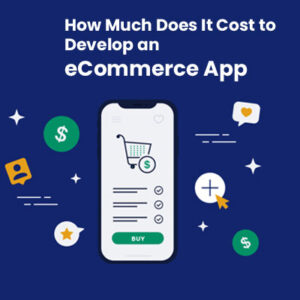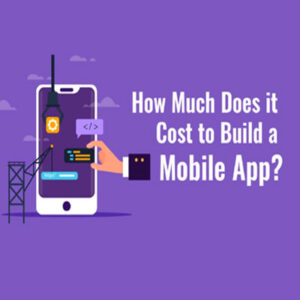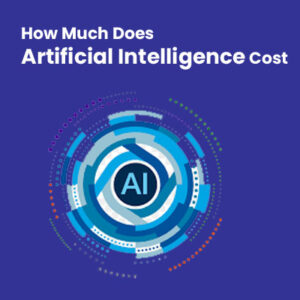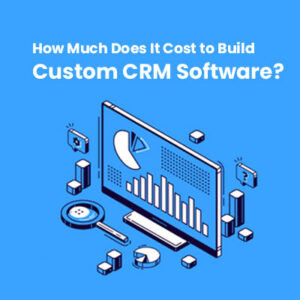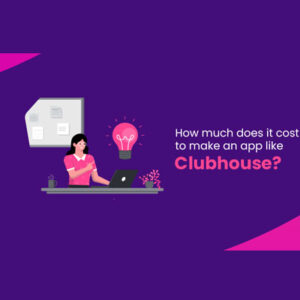Predictive Analytics in Logistics: Applications & Use Cases
Predictive Analytics in Logistics: Applications & Use Cases
Predictive Analytics in Supply Chain Explained for Logistics Decision Makers
The cost-cutting logistics model worked in the past, but in today’s uncertain business world, it’s no longer enough. Higher operational costs, worldwide supply chain disruption, and customers’ demand for faster delivery are convincing logistics decision-makers to look for advanced alternatives.
This is where supply chain predictive analytics optimizes the way. Data, Machine Learning (ML), and Artificial Intelligence (AI) come together to provide decision-makers with a sense of what’s going to occur in the future, transforming the way they can make informed, competitive decisions. Let us look at what predictive analytics actually do for supply chain and logistics operations.
What Predictive Analytics Really Means for Supply Chain Operations?
Predictive analytics supply chain informs companies about the outcome of tomorrow. Leveraging the past history, customer preferences, market trends, and even external determinants like fuel prices or weather conditions, predictive solutions can foresee the peak demands, slowdowns, or market risks.
To decision-makers in logistics, it means breaking free of reaction firefighting and forward-looking planning. Rather than holding back until something fails, leaders can get ahead of it and take ownership of what tomorrow will look like.
Why Predictive Analytics Matters for Logistics Decision Makers?
In logistics, one disruption can cascade through the supply chain and increase costs and destroy customer relationships. Predictive analytics indicates that leaders improve demand forecasting, inventory, and exposures by supplier performance. It also enables better transportation planning with the capacity to forecast fuel changes and traffic congestion in the future.
Research indicates that the companies adopting predictive analytics for logistics realize fifteen percent lower inventory cost and 20% lower delivery time. Predictive analytics not only saves organizations costs; it’s driving business performance.
Top Use Cases of Predictive Analytics in Supply Chain Management
-
Demand Forecasting: Anticipating Customer Needs
At the heart of predictive analytics lies demand forecasting, the ability to anticipate what customers will want, when they will want it, and in what quantity. Based on past sales, seasonality, and market trends, supply chain companies can schedule manufacture, procurement, and shipping to actual demand using predictive analytics solutions.
This reduces both overstock and shortages, creating a leaner, more responsive supply chain. This ensures that the decision-makers are no longer to rely on guesswork, but rather they can operate with accuracy and confidence. When you can predict demand, you can predict growth.
-
Route Optimization: Delivering Smarter and Faster
Transportation is perhaps the most significant cost factor in logistics and is made even trickier with uncertainty added to the mix. By analyzing real-time traffic, weather, and fuel costs data, predictive analytics solutions turn the process and suggest the best routes of delivery.
This will have products moving at maximum efficiency and lower cost, improving consumers’ experiences while cutting costs. Predictive route optimization managing leaders do not only imagine costs going down but also imagine higher reliability.
Recommended To Read: How is AI Revolutionizing Supply Chain and Logistics?
-
Supplier Risk Management: Strengthening the Weakest Link
A supply chain is only as strong as its weakest supplier, and disruptions can cause massive setbacks. Predictive analytics gives logistics leaders the ability to examine supplier performance, financial health, and even geopolitical risk in hopes of discovering weaknesses before they damage their business.
By anticipating this beforehand, planners can select standby suppliers, reschedule contracts, or design standby plans beforehand. Instead of being reactive to bad failures, supply chain managers are able to provide uninterrupted service.
-
Inventory Optimization: Balancing Cost and Availability
Managing inventory is one of the toughest challenges in logistics. Excess inventory ties up capital and raises storage costs, while insufficient inventory risks customer dissatisfaction and lost revenue.
Predictive analytics avoids the dilemma by anticipating product movement and stocking in advance. It keeps bestsellers in stock and flops not worth stocking. It means better margins and healthier balance sheets for decision-makers. The wisest supply chains are lean, agile, and analytics-based.
-
Customer Insights: Staying Ahead of Expectations
Logistics is no longer just about moving goods; it’s about understanding customers. Predictive analytics gives companies precise information regarding preference, buying habits, and seasonality so that companies can even make an educated estimation of their needs before the customers themselves can articulate such needs.
This kind of personalization creates greater loyalty and makes companies more prominent in a noisy marketplace. Companies can develop customer-centric programs that gain long-term success. Therefore, with AI and predictive analytics in place, organizations can better understand their customers and their preferences.
Recommended To Read: AI in Supply Chain: Top Use Cases of AI in Supply Chain Management
The Future of Predictive Analytics in Logistics
The future is for those who prepare and jump into predictive analytics already. More than half of all supply chains globally will utilize advanced analytics by 2027, according to a Gartner estimate. Also, according to Statista, the predictive analytics software market is anticipated to grow to more than $41 billion by 2028.
Predictive analytics isn’t going away for supply chain decision-makers, it’s the key to victory. The first movers are the ones with the velocity, flexibility, and customer loyalty to capture market share, and followers will be in their dust. The future has arrived, and predictive analytics are at its forefront.
The Cost of Supply Chain Management App with Predictive Analytics
Building a predictive insight supply chain management application would be as much a growth initiative as it would be an information technology undertaking. Costs of AI mobile app development will depend on how sophisticated the application is, the feature set, integrations, AI/ML features, and the size of your logistics company.
Companies would expect to pay $60,000 to $150,000 for a tailored AI solution.
A basic predictive app with features like order tracking, inventory management, and real-time dashboards will fall on the lower end of the spectrum. However, when predictive analytics is added, covering demand forecasting, route optimization, supplier risk modeling, and advanced data visualization, the investment rises but delivers significantly higher ROI.
In fact, companies leveraging AI-enabled supply chain software have a maximum of 30% lower operation expense and 20% to 25% improved delivery performance. However, it’s not about how much it costs to build a predictive analytics app, it’s about how much it can save your business.

Recommended To Read: How Much does Logistics App Development Cost?
USM’s Success Story
A Texas manufacturing firm contracted USM to develop a next-generation and intelligent solution for logistics and supply chain management that utilizes the supply chain operation efficiencies and workload of the supply chain operations to their utmost.
Key Challenges in Building the Predictive Supply Chain App
The two were real-time warehouse monitoring and error-free warehouses. The other was end-to-end supply chain visibility, inclusive of error-free delivery network integration, warehouses, and logistics.
Delivery and shipping notices to the precise location needed streamlined coordination of fleet data and customer dashboards. With all this in the background, we had to develop a secured login portal for customers with new order support as well as pipeline improvement sales.
Our Solution: Turning Vision into Reality
After a detailed analysis of client requirements, our talented mobile app developers crafted a custom supply chain and logistics app for business needs. From development to deployment, each part of the app was honed to perfection to enable it to be scalable, precise, and real-time driven.
We employed the most recent frameworks, AI-driven tracking, and deep integration to link fleets, warehouses, and delivery networks to one another. We drove intelligence to action by embedding abilities that not only notify but also predict demand and make decisions with little human intervention.
The result? Our AI-driven supply chain platform simplified and surprised the user with real-time tracking, optimized deliveries, and many more incredible benefits. Click here to know more about the AI solution we delivered.
Conclusion
Predictive supply chain analytics is not data, it’s empowering logistics decision-makers to move forward in forecasting, planning, and succeeding. From accurate demand forecasting to smarter routing optimization, it converts uncertainty into opportunity. The future of logistics is in the hands of early adopters who are leveraging predictive analytics.
Are you ready to lead the way? Let’s talk with our AI experts, today!
